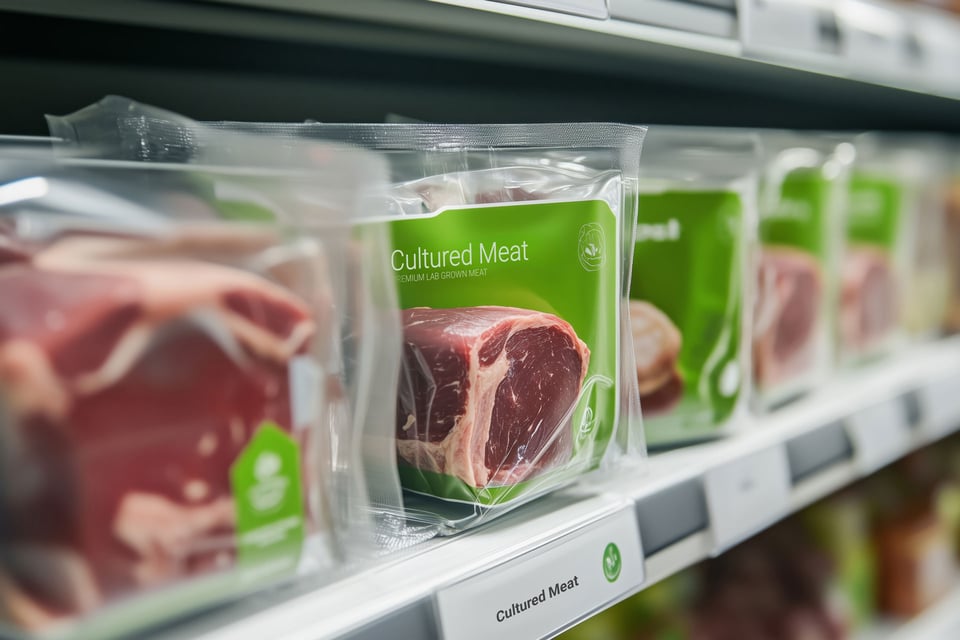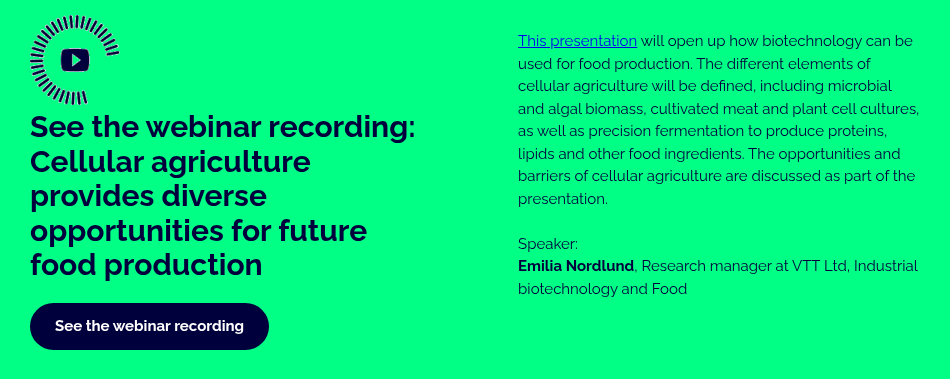
Introduction
The cell-based food sector—encompassing cultivated meat and cell-cultured foods in general—is rapidly evolving from proof-of-concept to early commercialization. As companies move closer to market readiness, the demands for robust analytical methods and regulatory compliance are intensifying. A recent development project at Biosafe Oy, led by Dr. Vesa Turkki, set out to map the analytical needs and challenges facing this sector, drawing on interviews with industry players, regulatory dossiers, and technical guidance. This initiative highlights the growing importance of harmonized standards and validated methodologies to ensure product safety, quality, and consumer trust.
Understanding the Landscape
Between March and August 2025, Biosafe engaged with 52 organizations and conducted in-depth interviews with 25 representatives from 17 companies and institutions. The majority were early-stage cell-based food or cell line providers, primarily based in the EU, giving the findings a distinctly European perspective. This engagement revealed a diverse array of business models, technological approaches, and regulatory strategies. Startups are particularly focused on navigating complex approval pathways while maintaining innovation velocity. Key focus areas included analytical challenges unique to cell-based foods, regulatory expectations in the EU, US, Singapore, and beyond, and opportunities for contract research organizations (CROs) to support the sector.
Manufacturing and Analytical Challenges
Cell-based food manufacturing often mirrors biomedical cell culture in its early stages, before adapting to food-scale production. The regulatory landscape—especially in the EU—requires full transparency regarding media components and processing aids, making residual analysis a critical step. Cell sourcing and process choices are shaped by three main factors: species selection, GMO status, and immortalization strategy. Avian (mainly chicken), bovine, and porcine cells are most common due to their relevance in traditional meat consumption. Non-GMO cell lines are preferred, especially in the EU, due to regulatory and consumer concerns. Companies favor spontaneous or non-genetic approaches to avoid GMO classification, though genetic engineering is expected to become more common as regulations evolve. A two-tier cell banking system (Master Cell Bank and Working Cell Bank) is becoming standard, with rigorous testing for identity, sterility, and stability. These practices ensure reproducibility and traceability, which are essential for regulatory approval and consumer confidence.
Analytical Methods in Use
The sector employs a mix of pharma/biotech and food industry methods, including PCR for identity and pathogen detection, mass spectrometry for residual growth factors and metabolomics, HPLC for amino acid and antibiotic analysis, next-generation sequencing for genetic stability and microbiome monitoring, and flow cytometry, ELISA, and cytogenetics for cell characterization and stability. These methods are selected based on their sensitivity, specificity, and regulatory acceptance. A recurring theme is the need for low-volume assay formats, particularly for early-stage companies with limited sample yields. As manufacturing processes mature, demand for these specialized formats may decrease, but the need for robust, validated assays will remain critical. Innovations in miniaturized and multiplexed assays are helping bridge the gap between research and scalable production.
Regulatory and CRO Expectations
Outsourcing analytical work is universal, driven by the need for specialized equipment, validated assays, and regulatory expertise. Companies expect CROs to align methods with regulatory requirements (EFSA, FDA, SFA, etc.), offer rapid turnaround and transparent validation, and provide tailored, cost-effective solutions for early-stage and established producers alike. Most companies design their analytical strategies around the requirements of a priority market (often the EU), adapting as needed for other regions. CROs are increasingly offering bundled services that include regulatory consulting, assay development, and dossier preparation. This integrated approach helps companies streamline their path to market and ensures compliance with evolving standards.
Recommendations and Outlook
For CROs and analytical partners, the path forward is clear: offer a transparent menu of assays linked to regulatory needs, support early-stage development with low-input, high-sensitivity methods, bundle services for process development, cell bank characterization, and market access, integrate bioinformatics for allergenicity, identity, and stability analysis, and maintain transparent validation to dossier-ready standards. These recommendations are based on industry feedback and regulatory trends, and they aim to foster a collaborative ecosystem that accelerates innovation while ensuring safety and compliance. As the sector matures, partnerships between producers and CROs will be pivotal in shaping the future of cell-cultured foods.
Conclusion
Analytics is a key factor in the commercialization of cell-cultured foods. Companies are seeking partners who combine scientific credibility, regulatory fluency, and practical agility. At Biosafe, we are committed to supporting cultivated meat innovators with both regulatory guidance and advanced analytical services. If you’re navigating the challenges of product development or market approval, our team is ready to collaborate and help you on your path forward. The journey from lab to table is complex, but with the right analytical and regulatory support, it is increasingly achievable.
Our novel foods consulting service offers comprehensive support to ensure your novel food products meet the necessary regulatory requirements for approval and market access.
Contact our experts and book an appointment for a free short consultation »
Want to know more?

Download the white paper:
Mapping the cell-based food sector from an analytics standpoint
Fill out the form to get more information.





/Lopputuote/microbial-products-cell-cultivated-meat-2-biosafe-1920x1280.jpg?width=540&name=microbial-products-cell-cultivated-meat-2-biosafe-1920x1280.jpg)





